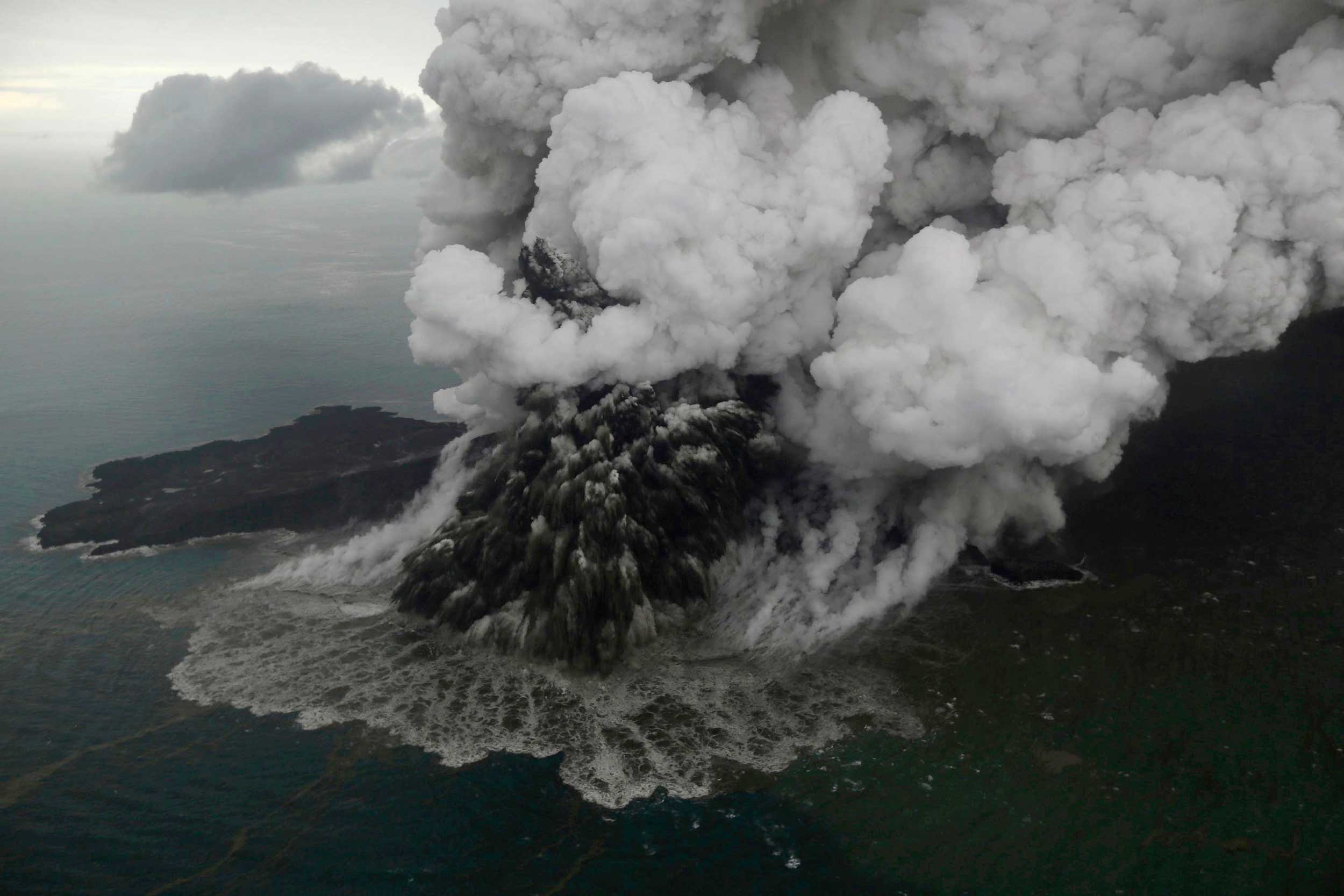As Indonesia reels from the carnage of yet another natural disaster, authorities around the globe are working on how they can prepare for the kind of freak tsunami that battered coasts west of Jakarta this month.
The December 23 tsunami killed around 430 people along the coastlines of the Sunda Strait, capping a year of earthquakes and tsunamis in the vast archipelago, which straddles the seismically active Pacific Ring of Fire.
No sirens were heard in those towns and beaches to alert people before the deadly series of waves hit shore.
Seismologists and authorities say a perfect storm of factors caused the tsunami and made early detection near impossible given the equipment in place.
But the disaster should be a wake-up call to step up research on tsunami triggers and preparedness, said several of the experts, some of whom have travelled to the Southeast Asian nation to investigate what happened.
“Indonesia has demonstrated to the rest of the world the huge variety of sources that have the potential to cause tsunamis. More research is needed to understand those less-expected events,” said Stephen Hicks, a seismologist at the University of Southampton.
Most tsunamis on record have been triggered by earthquakes. But this time it was an eruption of Anak Krakatau volcano that caused its crater to partially collapse into the sea at high tide, sending waves up to 5m high smashing into densely populated coastal areas on Java and Sumatra islands.
During the eruption, an estimated 180 million cubic metres, or around two-thirds of the less-than-100-year-old volcanic island, collapsed into the sea.
But the eruption didn’t rattle seismic monitors significantly, and the absence of seismic signals normally associated with tsunamis led Indonesia’s geophysics agency (BMKG) initially to tweet there was no tsunami. Muhamad Sadly, head of geophysics at BMKG, later told Reuters its tidal monitors were not set up to trigger tsunami warnings from non-seismic events.
The head of Japan’s International Research Institute of Disaster, Fumihiko Imamura, told Reuters he did not believe Japan’s current warning system would have detected a tsunami like the one in the Sunda Strait. “We still have some risks of this in Japan... because there’s 111 active volcanoes and low capacity to monitor eruptions generating a tsunami,” he said in Jakarta.
Some experts believe there was enough time for at least a partial detection of last week’s tsunami in the 24 minutes it took waves to hit land after the landslide on Anak Krakatau.
“It’s time to have disaster education be part of the national curriculum,” Indonesian President Joko Widodo said after the latest tsunami.











